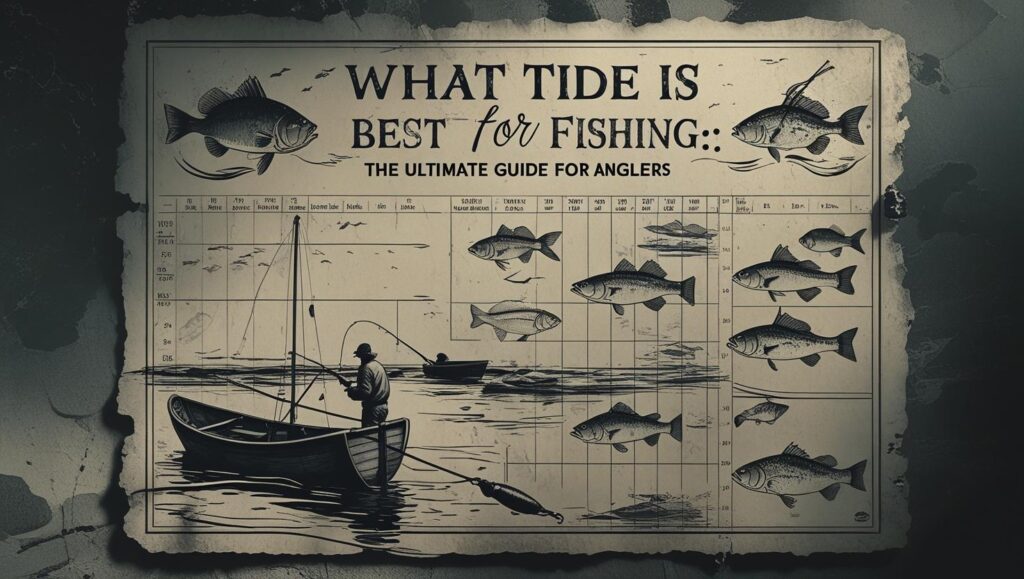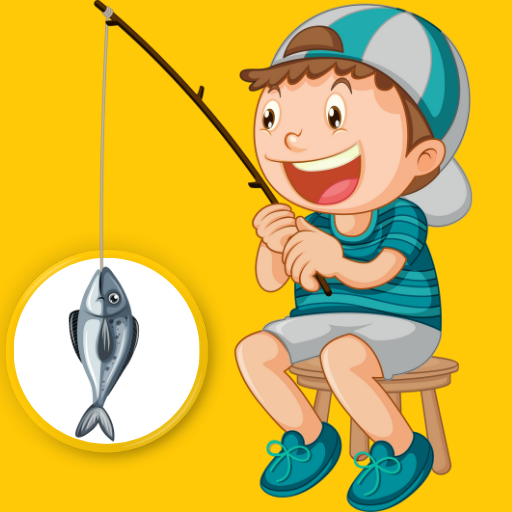Fishing success depends on more than just your gear and bait. One of the most critical factors influencing your catch rate is the tide. Understanding what tide is best for fishing can mean the difference between a slow day on the water and an unforgettable haul. In this detailed guide, we break down every aspect of tides and how they affect fishing so you can maximize your success.
Understanding Tides: The Basics Every Angler Must Know
Tides are the regular rise and fall of sea levels caused by the gravitational forces of the moon and the sun. There are typically two high tides and two low tides each day, known as semi-diurnal tides. The tidal cycle influences fish feeding behavior, movement patterns, and habitat accessibility.
There are four main tidal stages every angler must understand:
- High Tide
- Falling Tide (Ebb Tide)
- Low Tide
- Rising Tide (Flood Tide)
Each of these phases offers unique opportunities, but not all are ideal for fishing.
Best Tide for Fishing: Incoming Tide or Rising Tide
The rising tide, also known as the flood tide, is often considered the best tide for fishing. During this phase, water pushes inland, bringing nutrients, baitfish, and crustaceans with it. This influx of food draws in predatory species closer to shore, making them easier to target.
Why Rising Tide Is Prime Time for Fishing:
- Increased oxygen levels and temperature regulation stimulate fish activity.
- Fish move into shallower areas where they are more accessible.
- Baitfish get pushed into coves, estuaries, and structures, concentrating predators.
During the rising tide, position yourself near sandbars, jetties, reefs, and channels. Focus on ambush points where predators lie in wait.
Fishing the Falling Tide: A Close Second
The falling tide, or ebb tide, can also be productive if approached strategically. As water retreats, it forces bait out of estuaries, creeks, and tidal pools, where predators await them in deeper channels.
Falling Tide Fishing Tips:
- Fish near the mouth of estuaries, channels, and creek junctions.
- Target deeper pools and drop-offs where fish congregate.
- Use natural-looking lures that mimic disoriented bait.
Though not as reliable as rising tide, the falling tide still offers solid fishing conditions when understood properly.

High Tide: When to Proceed with Caution
High tide offers deep, accessible water, but fishing can be hit or miss. Fish often disperse over a wider area, making them harder to locate.
What to Watch For at High Tide:
- Focus on structured areas like submerged rocks, sea walls, or docks.
- Fish may venture into newly flooded areas—try casting into grassy banks or marshes.
While some species actively feed during high tide, the action tends to slow compared to the transitional phases of the tide.
Low Tide: Often the Least Productive
Fishing during low tide is typically the least effective unless you’re highly familiar with the local waterway. Fish retreat into deeper, cooler, more oxygenated water, becoming less active and harder to catch.
If You Must Fish Low Tide:
- Find deeper holes or channels that hold water.
- Look for drop-offs and undercut banks.
- Use subtle, slow-moving presentations to entice lethargic fish.
Tidal Movements and Their Influence on Specific Fish Species
Different species respond uniquely to tidal changes. Understanding these behaviors gives you a strategic edge.
Inshore Species:
- Redfish, snook, and speckled trout often feed heavily on incoming tides.
- They congregate near grass flats, oyster beds, and mangrove edges.
Surf Fishing Species:
- Striped bass, bluefish, and pompano follow bait movement.
- Falling tides expose sandbars and troughs ideal for casting.
Offshore Species:
- Tuna, mahi-mahi, and grouper react more to current strength than tide.
- Best results come when tides create strong, steady movement of water.
Tide Charts: Your Essential Fishing Companion
Successful anglers rely on accurate tide charts to plan trips. These charts predict the timing and height of tides, allowing you to identify peak fishing windows.
How to Use Tide Charts Effectively:
- Match your fishing times with rising or falling tides.
- Factor in wind, moon phase, and water clarity for precise planning.
- Pay attention to spring tides (highest highs and lowest lows) for increased movement and opportunities.
Reliable tide charts are available through:
- NOAA.gov
- Local bait shops
- Mobile apps like FishAngler, Tides Near Me, and Navionics
Moon Phases and Their Tidal Influence
The moon phase affects both tidal intensity and fish behavior. During new and full moons, gravitational forces generate spring tides, resulting in more pronounced water movement.
Moon Phase Fishing Guide:
- New Moon: Excellent for night fishing and aggressive predatory action.
- Full Moon: Enhanced visibility may require stealthier tactics.
- Quarter Moons: Weaker tides (neap tides) often lead to slower action.
Pro Tips for Tidal Fishing Success
- Scout the area at low tide to identify structure and fish-holding features.
- Use live bait or scented lures during slower tides to attract less active fish.
- Monitor both wind direction and tidal flow—opposing forces create ideal turbulence for ambush feeding.
- Fish 45 minutes before and after peak tidal changes for maximum activity.
Tide and Time: The Winning Combination
For best results, combine tide knowledge with optimal fishing times—dawn and dusk. These crepuscular hours amplify feeding behavior when paired with the right tidal phase.
Conclusion: Master the Tides, Master the Catch
In conclusion, the best tide for fishing is the rising (flood) tide, followed closely by the falling (ebb) tide. High and low tides can also produce results under the right conditions, but knowing how to adapt your strategy to each tide phase is the key to consistent fishing success.
If you’re serious about improving your catch rates, study your local tides, track lunar cycles, and observe how fish respond to changing water levels. With experience and the right approach, you’ll start turning tides into trophies.


Leave a Reply